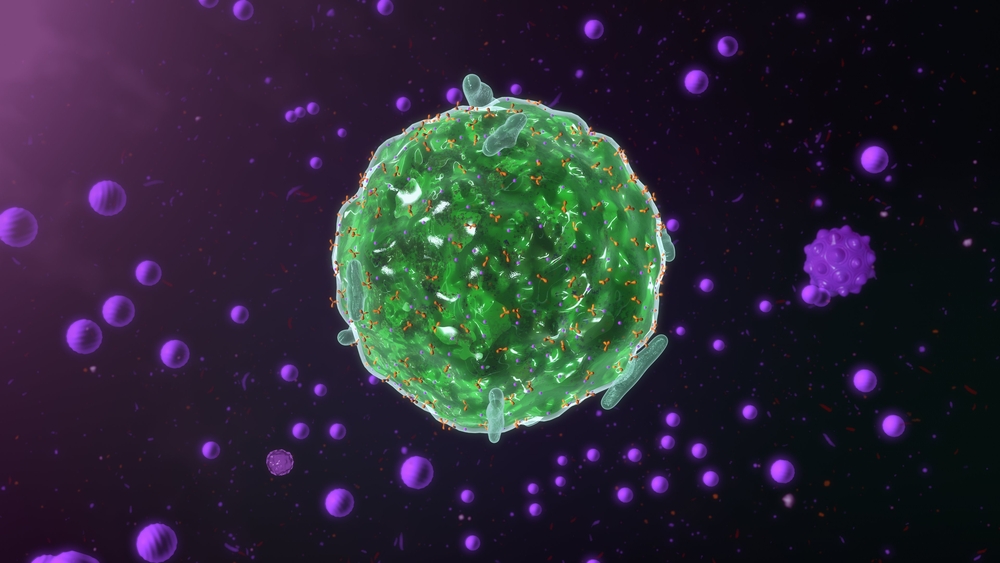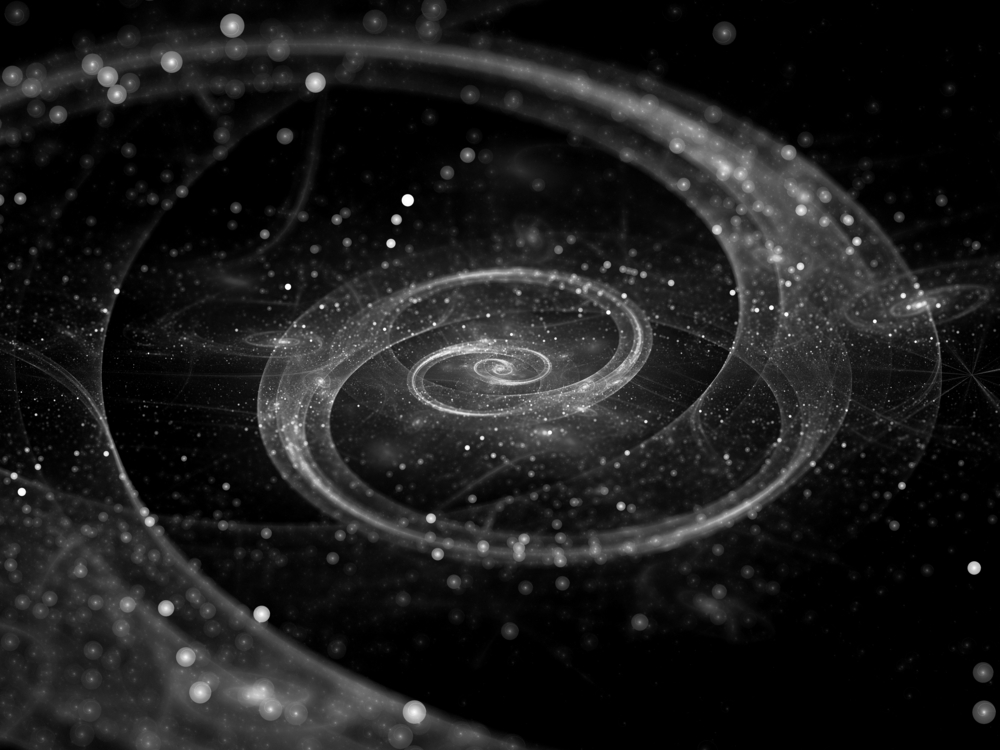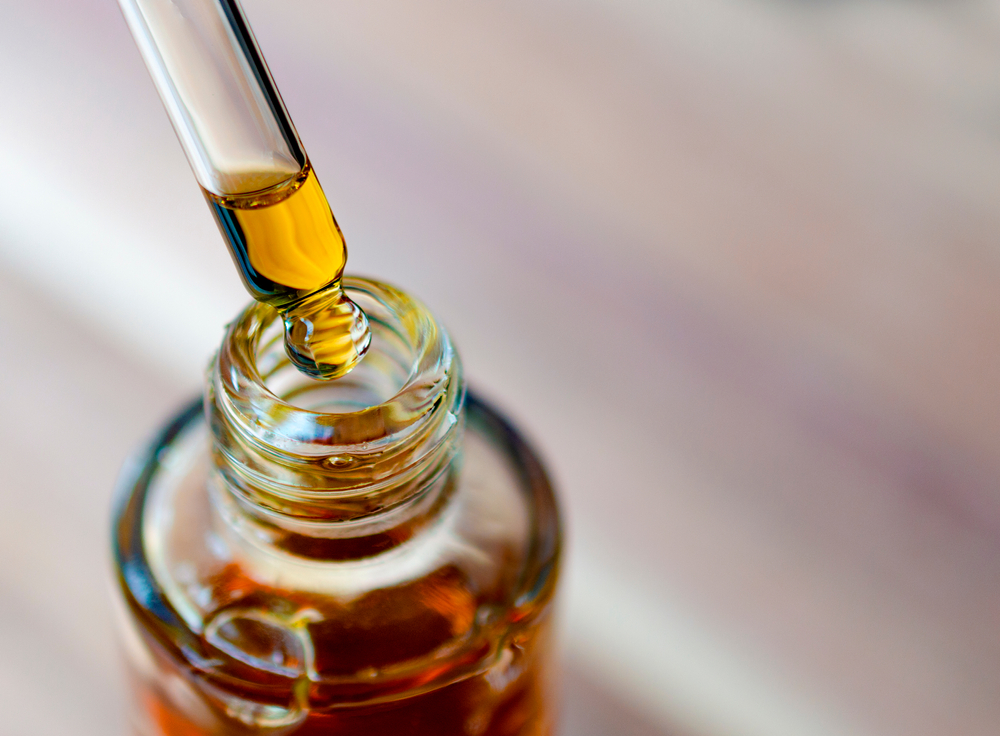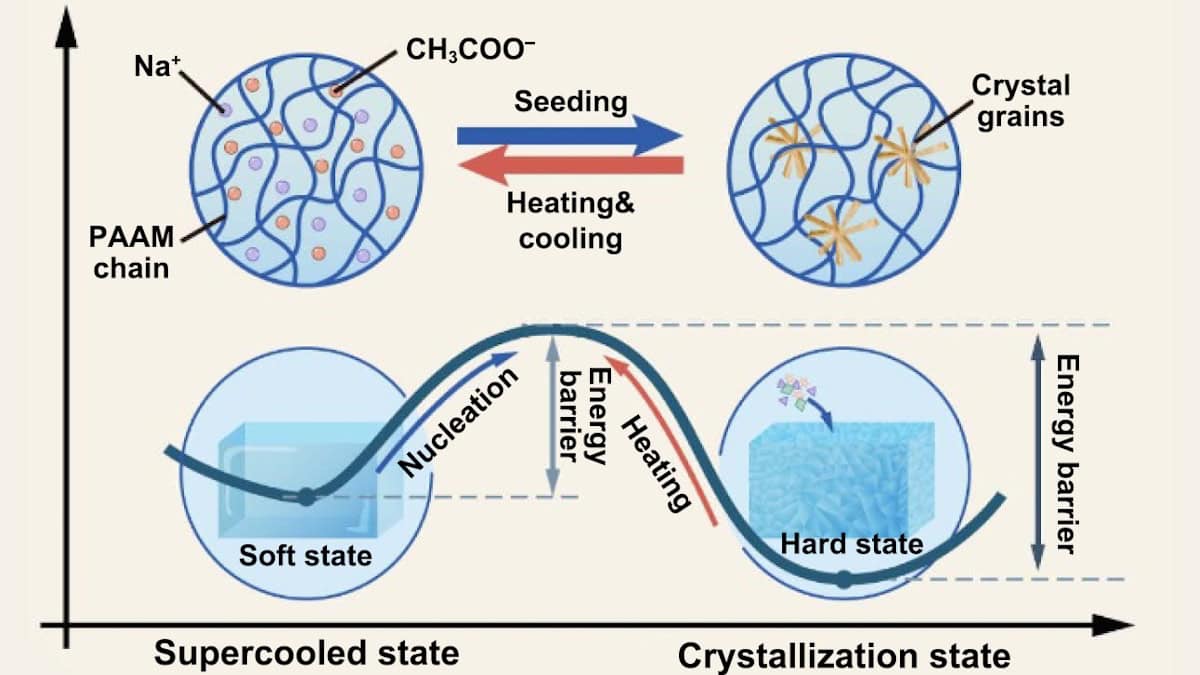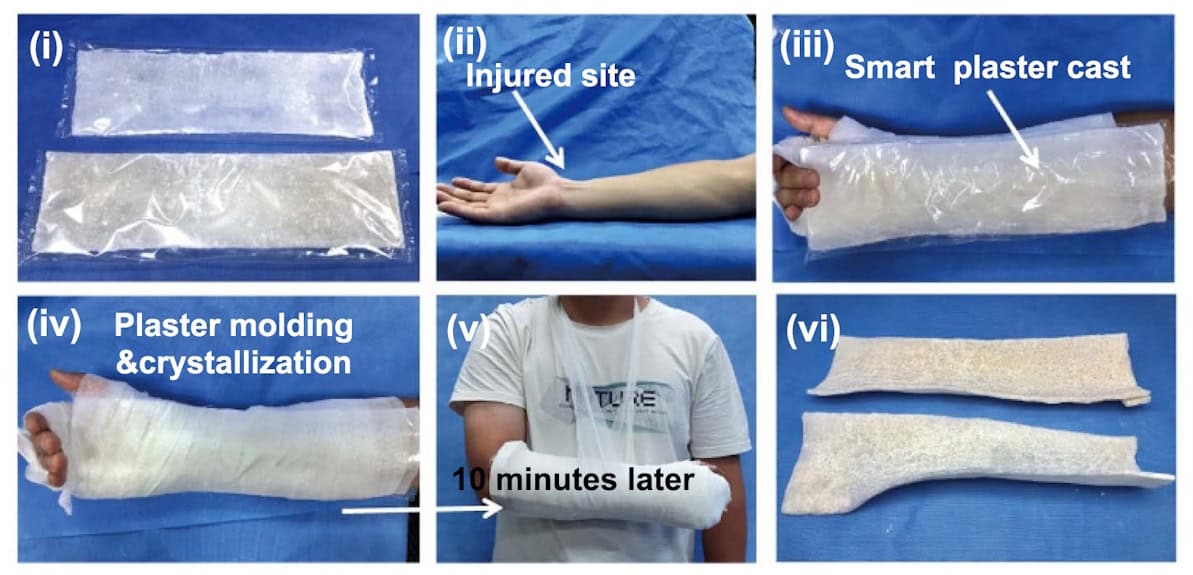New entanglement approach could boost photonic quantum computing

Physicists at the Georgia Institute of Technology, US have introduced a novel way to generate entanglement between photons – an essential step in building scalable quantum computers that use photons as quantum bits (qubits). Their research, published in Physical Review Letters, leverages a mathematical concept called non-Abelian quantum holonomy to entangle photons in a deterministic way without relying on strong nonlinear interactions or irrevocably probabilistic quantum measurements.
Entanglement is fundamental to quantum information science, distinguishing quantum mechanics from classical theories and serving as a pivotal resource for quantum technologies. Existing methods for entangling photons often suffer from inefficiencies, however, requiring additional particles such as atoms or quantum dots and additional steps such as post-selection that eliminate all outcomes of a quantum measurement in which a desired event does not occur.
While post-selection is a common strategy for entangling non-interacting quantum particles, protocols for entangled state preparation that use post-selection are non-deterministic. This is because they rely upon making measurements, and the result of obtaining a certain state of the system after a measurement is associated with a probability, making it inevitably non-deterministic.
Non-Abelian holonomy
The new approach provides a direct and deterministic alternative. In it, the entangled photons occupy distinguishable spatial modes of optical waveguides, making entanglement more practical for real-world applications. To develop it, Georgia Tech’s Aniruddha Bhattacharya and Chandra Raman took inspiration from a 2023 experiment by physicists at Universität Rostock, Germany, that involved coupled photonic waveguides on a fused silica chip. Both works exploit a property known as non-Abelian holonomy, which is essentially a geometric effect that occurs when a quantum system evolves along a closed path in parameter space (more precisely, it is a matrix-valued generalization of a pure geometric phase).
In Bhattacharya and Raman’s approach, photons evolve in a waveguide system where their quantum states undergo a controlled transformation that leads to entanglement. The pair derive an analytical expression for the holonomic transformation matrix, showing that the entangling operation corresponds to a unitary rotation within an effective pseudo-angular momentum space. Because this process is fully unitary, it does not require measurement or external interventions, making it inherently robust.
Beyond the Hong-Ou-Mandel effect
A classic example of photon entanglement is the Hong–Ou–Mandel (HOM) effect, where two identical photons interfere at a beam splitter, leading to quantum correlations between them. The new method extends such interference effects beyond two photons, allowing deterministic entanglement of multiple photons and even higher-dimensional quantum states known as qudits (d-level systems) instead of qubits (two-level systems). This could significantly improve the efficiency of quantum information protocols.
Because state preparation and measurement are relatively straightforward in this approach, Bhattacharya and Raman say it is well-suited for quantum computing. Since the method relies on geometric principles, it naturally protects against certain types of noise, making it more robust than traditional approaches. They add that their technique could even be used to construct an almost universal set of near-deterministic entangling gates for quantum computation with light. “This innovative use of non-Abelian holonomy could shift the way we think about photonic quantum computing,” they say.
By providing a deterministic and scalable entanglement mechanism, Bhattacharya and Raman add that their method opens the door to more efficient and reliable photonic quantum technologies. The next steps will be to validate the approach experimentally and explore practical implementations in quantum communication and computation. Further in the future, it will be necessary to find ways of integrating this approach with other quantum systems, such as matter-based qubits, to enable large-scale quantum networks.
The post New entanglement approach could boost photonic quantum computing appeared first on Physics World.
